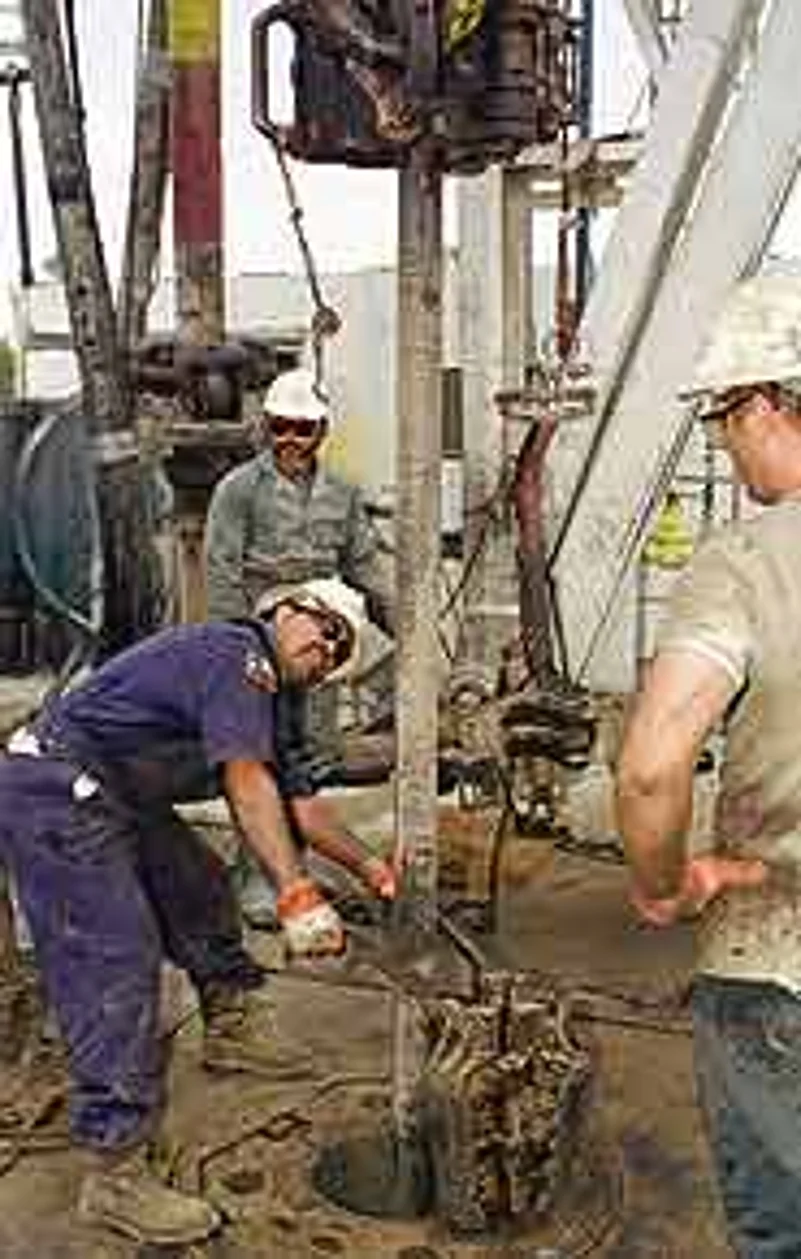Down To $15 a Barrel

In 1973, the famous Club of Rome came out with a report (Limits to Growth) in which it predicted that the 550 billion barrels of oil remaining in the world will run out by 1990. Well, crude is still gushing out of thousands of wells, proven reserves have grown, and the world consumed a further 600 billion barrels between 1970 and 1990. At least in the case of crude, doomsayers have always been proved wrong—again and again. For instance, in the 1970s, they said that prices will cross the $100 mark by 2000. And we still have another $55 to reach that point. So, will the dire predictions about continuing high prices be proved wrong this time too? Obviously yes.
The current rise is not really dictated by a demand-supply mismatch, but by growing fears of supply disruptions. For example, any problems in Saudi Arabia will ensure that 10 per cent of gobal production vanishes instantly from the marketplace. Given such political risks (in nations like Saudi Arabia, Iraq, Nigeria and Venezuela), the markets have started increasing the quantum of 'risk premium' in crude prices. Today, some experts feel that this premium constitutes over a third ($15) of the selling price. Even the conservative estimate is a figure of 25 per cent. In the past, risk premium, as a percentage of total price, has gone beyond 30 per cent in 1974, 1979, 1987 and 1991—all of them periods of major oil shocks.
Therefore, once these fears go away, prices will plummet. They will fall further because of new oilfields that have been discovered—or are being discovered—in Africa, Central Asia and West Asia. The new oil is likely to join existing supplies in the next few years, and production may go up once Iraq stabilises and Libya becomes an aggressive supplier. Iran, which claims to have huge reserves, may also emerge as an important player in the global crude game. So, the problem in the near future will be that of a glut, not a production crunch.
Consider this scenario. Iraq, with 110 billion barrels of proven reserves, doubles its production from the pre-US attack days. Saudi Arabia, Kuwait and Iran aggressively woo foreign investors to increase supplies. And non-OPEC production grows at just two-thirds the rate it did between 1985 and 1995. If all this happens, argue Amy Myers and Robert A. Manning in their article in Foreign Affairs (Jan/Feb 2000), "oil markets could even be more oversupplied than in 1998—the year prices collapsed to $8 a barrel. To consume all the oil that will probably be pumped out over the next 10 years, world oil demand would need to grow by more than 3 per cent, instead of the 1.8 per cent annual growth rates between 1980 and 1995."
Yet another piece of good news: technological developments have slashed the cost of drilling oil in older fields, and improved the chances of finding new wells. Here're some statistics to prove this: production in existing wells has gone up by 25-60 per cent, average US costs of finding new fields has fallen from $15 a barrel in the 1980s to $5, and drillers today are four times as successful in finding natural gas and six times more in oil compared to the situation before the first oil shock of 1973. And don't forget: the cost of drilling oil in West Asia is still quite cheap, at an average of $5 a barrel. Even the increased costs in the past two years due tighter security measures—like military escorts with oil tankers—adds just another $4.So, a price of $15-20 is still a lucrative one for the region that accounts for the bulk of global supplies.
Contrary to popular belief, high crude prices may not benefit the oil-producing nations. For, such a scenario "portends higher prices in the oil services industry, higher expenditure by oil companies and oil-producing nations, and an asset and cost inflation in oil provinces." More importantly, past evidence proves that such countries have no idea on how to absorb the excess earnings. Hence, they get riddled with corruption, wastage, and a backlash from an angry public. Also, higher prices force consuming nations to reduce energy intakes. In fact, from 1980 to 1995, states the Foreign Affairs article, "the amount of energy used in the United States per constant dollar of gnp declined from $16.47 to $13.44. Europe and Japan made even bigger gains in efficiency."






















